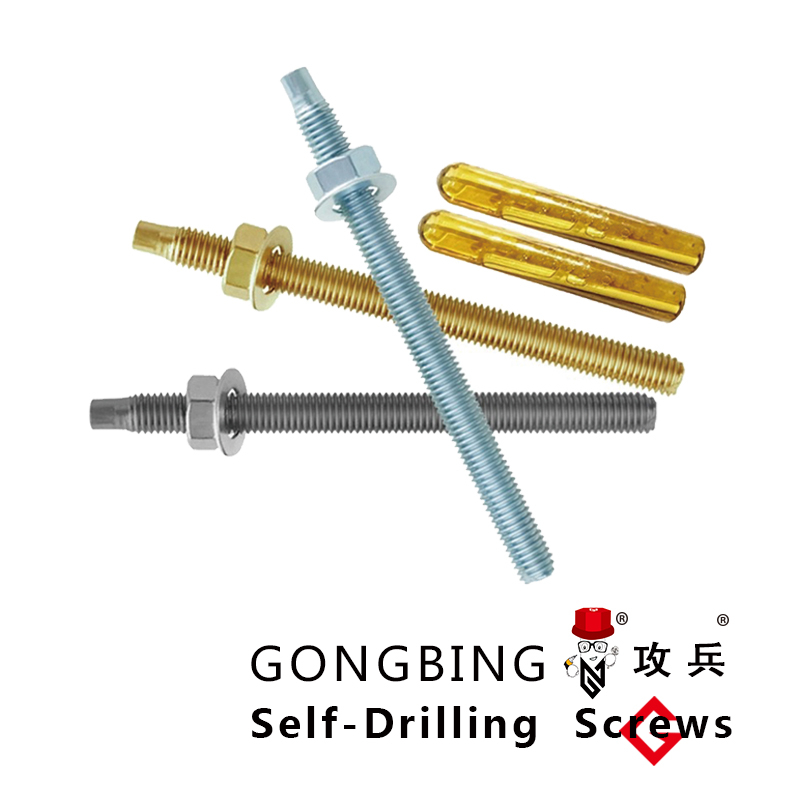Steel Rod Reinforcement for Structural Stability and Enhanced Load-Bearing Capacity
The Importance of Steel Rod Bracing in Structural Engineering
In the realm of structural engineering, the role of bracing cannot be overstated. Among various bracing materials and techniques, steel rod bracing has emerged as a preferred choice for enhancing the stability and strength of structures. This article will discuss the significance of steel rod bracing, its applications, advantages, and design considerations.
What is Steel Rod Bracing?
Steel rod bracing consists of high-strength steel rods that are used to provide lateral support to structures. This type of bracing helps resist forces that occur during events such as wind loads, seismic activity, and other environmental stresses. By connecting various parts of a structure, steel rod bracing effectively transfers loads and ensures the overall integrity of the building frame. Rods are typically designed in a tension configuration that allows them to carry tensile loads effectively.
Applications of Steel Rod Bracing
Steel rod bracing can be found in various applications, ranging from residential buildings to large-scale commercial structures and bridges. High-rise buildings often incorporate this type of bracing in their design to counteract the lateral forces caused by strong winds. Similarly, steel rod bracing is commonly seen in seismic design, providing crucial support in earthquake-prone regions. It can also be found in temporary structures, scaffolding, and even in some industrial applications where stability is vital.
Advantages of Steel Rod Bracing
steel rod bracing

One of the primary advantages of using steel rod bracing is its high strength-to-weight ratio. Steel is known for its exceptional tensile strength, which allows for slim and lightweight designs without sacrificing structural integrity. This feature is especially beneficial in minimizing the overall weight of a structure, thereby reducing foundation demands and construction costs.
Additionally, steel rod bracing is relatively easy to install and can be prefabricated off-site. This expedites the construction process and minimizes on-site labor costs. Aesthetically, steel rods can be integrated into a structure's design in a way that enhances its visual appeal, offering both functionality and style. Engineers also appreciate the durability and low maintenance requirements of steel, as it is resistant to many forms of deterioration like warping, rot, and pests.
Design Considerations
While steel rod bracing offers numerous benefits, careful design is essential to ensure it performs effectively. Engineers must consider factors such as load paths, attachment points, and the overall geometry of the structure when integrating steel rod bracing into their designs. Additionally, different bracing configurations, such as X-bracing, V-bracing, or diagonal bracing, can influence the stiffness and ductility of the system.
Material selection is also crucial. The quality of steel utilized in the rods must meet specific standards to ensure it can withstand expected loads and environmental conditions. Furthermore, understanding the interaction between bracing members and the structural frame is essential for avoiding issues such as buckling or premature failure.
Conclusion
In conclusion, steel rod bracing plays a vital role in ensuring the safety and durability of modern structures. Its high strength, lightweight nature, and aesthetic potential make it an attractive option for engineers and architects alike. While various design considerations must be accounted for, the benefits of steel rod bracing in enhancing structural stability cannot be overlooked. As the construction industry continues to evolve, the importance of effective bracing solutions will remain a key focus, with steel rod bracing at the forefront of structural innovation.
-
Weatherproof Plastic Expansion Anchors for OutdoorAkụkọJun.06,2025
-
Sustainability in the Supply Chain: Eco-Friendly TEK Screws ProductionAkụkọJun.06,2025
-
Load-Bearing Capacity of External Insulation FixingsAkụkọJun.06,2025
-
Double Head Bolts: Enhancing Efficiency in Industrial MachineryAkụkọJun.06,2025
-
Corrosion Resistance in Chipboard Screws: Coatings for Wholesale DurabilityAkụkọJun.06,2025
-
Butterfly Toggle Bolts : Enhancing Structural ResilienceAkụkọJun.06,2025
